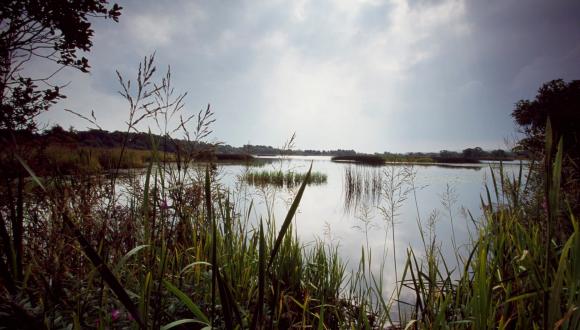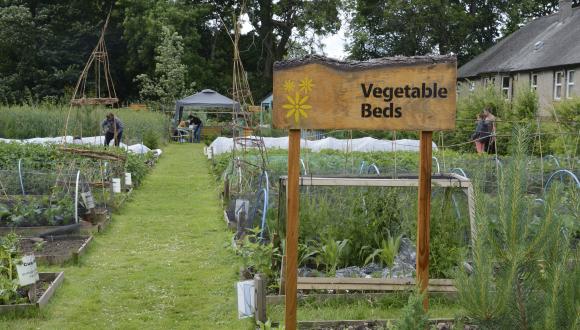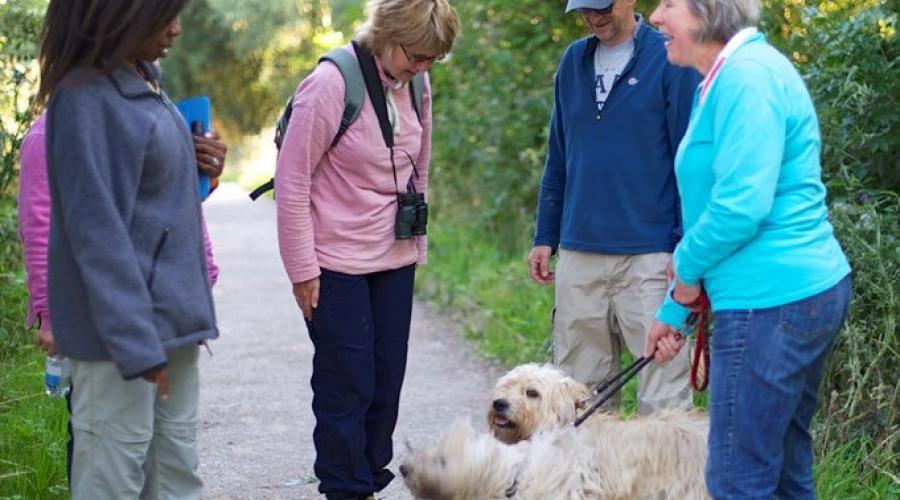
In conversation with…Kate Cuthbert, North Ayrshire Council
Garnock Connections is a multi-layered project part-funded by the Green Infrastructure Community Engagement Fund. Looking after people’s well-being is just one strand in a suite of wonderful projects which bring biodiversity, cultural and physical activities together. The Walking in The Garnock Valley Project encourages greater enjoyment of swathes of beautiful countryside and miles of dynamic coastline in an area which is a walkers’ paradise. Kate Cuthbert helps people explore the region on foot, and trains the next generation of walk leaders.
Kate, you’ve had an interesting career path. Can you tell us a little about your route to your current post?
I started out as a Countryside Ranger too many moons ago for me to possibly tell you. I was a Ranger for 13 years with Glasgow City Council, and then I was with Renfrewshire Council as an Access Officer for 16 years, and I’ve been with North Ayrshire working with the ‘Trinity Active Travel Hub’ for four years. I am a walker myself, and I enjoy organising walking groups and seeing people being able to get out and about.
What’s your role in the Garnock Connections project?
My colleague Jess Gillespie and I have been involved in three projects with Garnock Connections. I’ve been looking after the ‘Walking in the Garnock Valley’ and the ‘Paths Stewardship’ projects.
Walking in the Garnock Valley has been training walk leaders so they are more confident, know the ins and outs of developing short health walks in their communities, and emerge either running their own groups or helping out with existing groups.
The Path Stewardship project involves working with volunteers to help them learn how to do small maintenance tasks to keep local paths tidy. It also teaches volunteers about different species, what they might see, and how to assess the importance of the natural heritage on their walks.
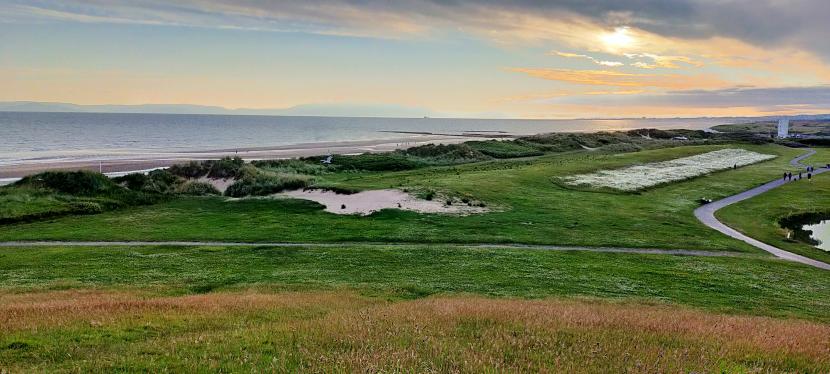
The Path Stewardship project involves working with volunteers to help them learn how to do small maintenance tasks to keep local paths tidy. It also teaches volunteers about different species, what they might see, and how to assess the importance of the natural heritage on their walks.
Can you tell us a little about Jess’ project?
Jess is an Active Travel Officer with North Ayrshire Council and her project has been setting up the Accessibility Wheelers. It’s a great project which started out with wheelers which were suitable for all-terrain use, and these enabled a partnership to evolve with the Rangers in Irvine’s Eglinton Country Park. This helped wheelchair users access parts of the park that you simply couldn’t reach in a normal standard wheelchair. The latest stage has been centred on Ardrossan and Saltcoats beach where specialised wheelers can get onto what is a fairly level beach by a ramped access at both locations.
Which element are you most pleased about with your Garnock Connections work?
For me it would be the Walking in the Garnock Valley project. Some people don’t have the confidence to go out walking on their own, or maybe don’t feel fit enough to go for a walk, but we can help them with that. Being able to help means more people get outdoors, enjoy their local environment, and have the opportunity to simply have a blether with people they might not meet otherwise.
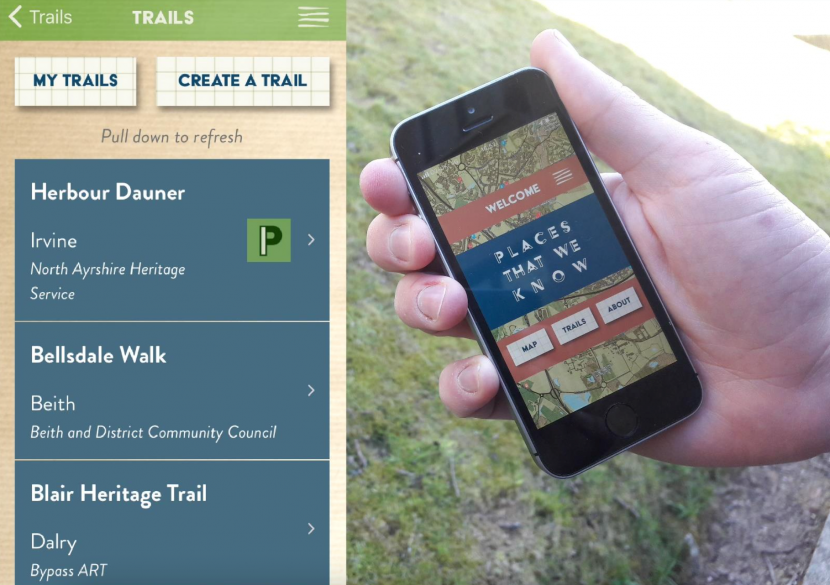
Places That We Know is a heritage interpretation project for Garnock Connections. The app is free to download thanks to the support of the Green Infrastructure Community Engagement Fund and National Lottery Heritage Fund.
I had one lady came out on a walk once and she said “Oh, I can’t walk very far. I could maybe only walk half a mile.” So, I said okay, let’s just see how you get on. We went for our walk, and when we got to the end of it she was in all fairness tired, had enough, and she turned to me and said “That wasn’t very far, that wasn’t as much as half a mile was it?”
I was so pleased to be able to say “No, it wasn’t half a mile … it was a mile and a half!” She was delighted. “Oh, I’ve walked that far!”, and said “Now I know, I’ll walk to the shops from now on”.
During Covid, when for long periods we were unable to run any walks, we concentrated on training up new volunteer walk leaders online so that once the restrictions lifted they would be ready to go full steam ahead setting up new groups. The new groups will be particularly beneficial for people who have been separated or isolated during the pandemic and will be a nice way to be able to get people out together and keep fit whilst they are doing it.
Kate, you’ve been involved with walking and active travel for most of your career. How pleased are you to see the recent emphasis on these activities?
I have spent most of my career helping people to get walking, whether by directly leading walks, supporting path building, defending access rights or writing walking leaflets. Being able to encourage and support the next generation of walk leaders and assist with the setting up of new groups means that many more people will be able to enjoy that short walk and blether. Active travel has crept up the agenda over the last 20 years, by supporting more people to realise their capabilities and enjoy walking means that we are more likely to be able to encourage them to make some of their shorter journeys on foot.
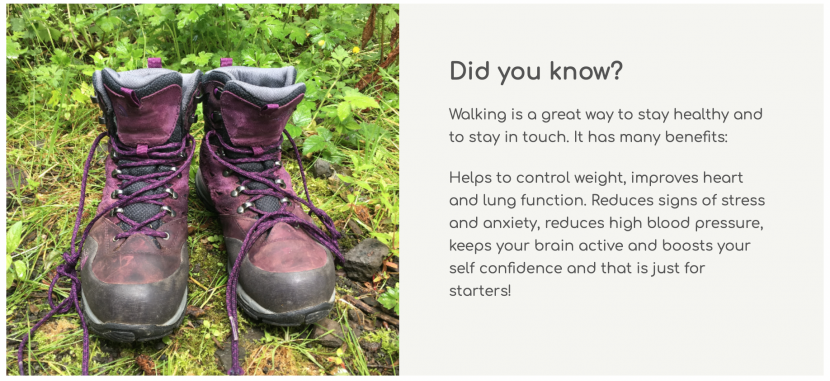
Did you Know? Walking is a great way to stay healthy and to stay in touch. It has many benefits: Helps to control weight, improves, heart and lung function. Reduces signs of stress and anxiety, reduces high blood pressure, keeps your brain active and boosts your self confidence and that is just for starters!

The Green Infrastructure Fund is part of the Scottish Government’s current European Regional Development Fund programme, which runs through to 2023. This is one of two ERDF Strategic Interventions led by NatureScot – the other is the Natural & Cultural Heritage Fund.
You can follow the European Structural Funds blog for ESF activities, news and updates. For twitter updates go to @scotgovESIF or use the hashtags #ERDF and #europeanstructuralfunds
